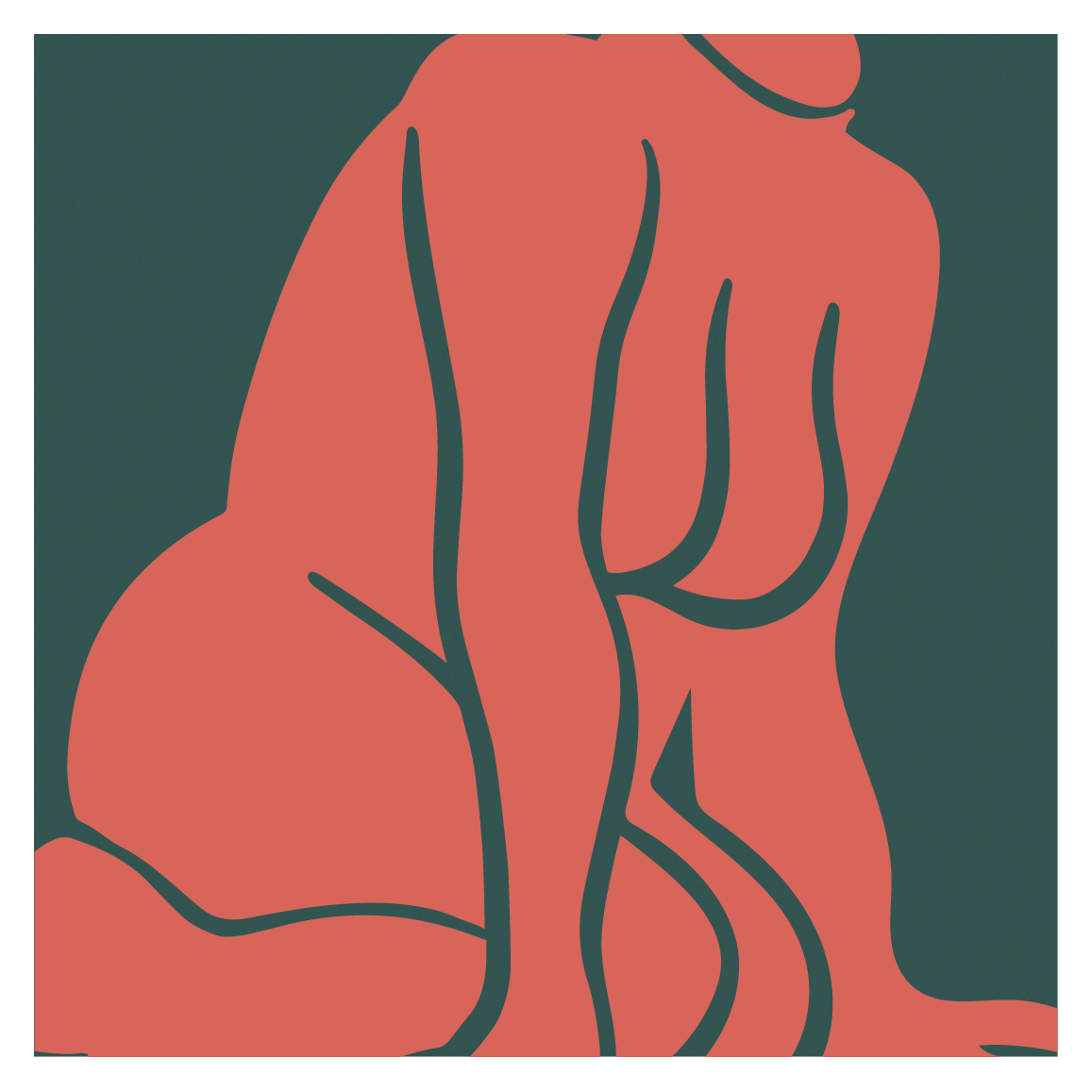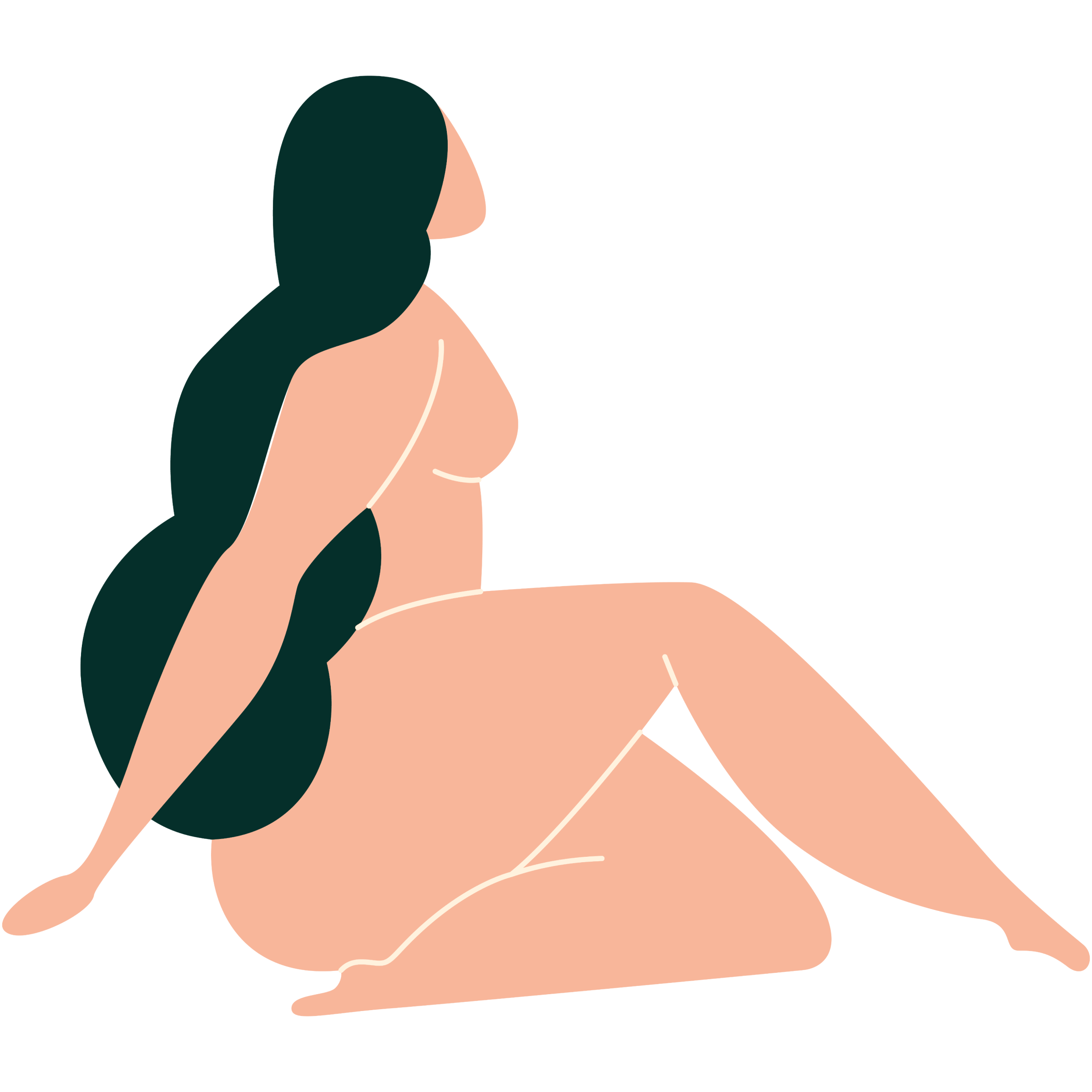
Body
Get to know your body through a better understanding of your anatomy and find the answers to some of your most common questions.
Back
All topics
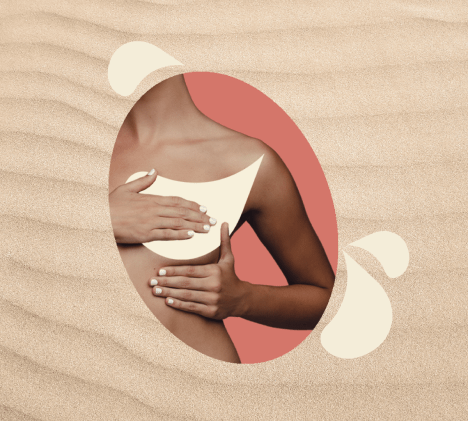
4 resources

19 resources

6 resources
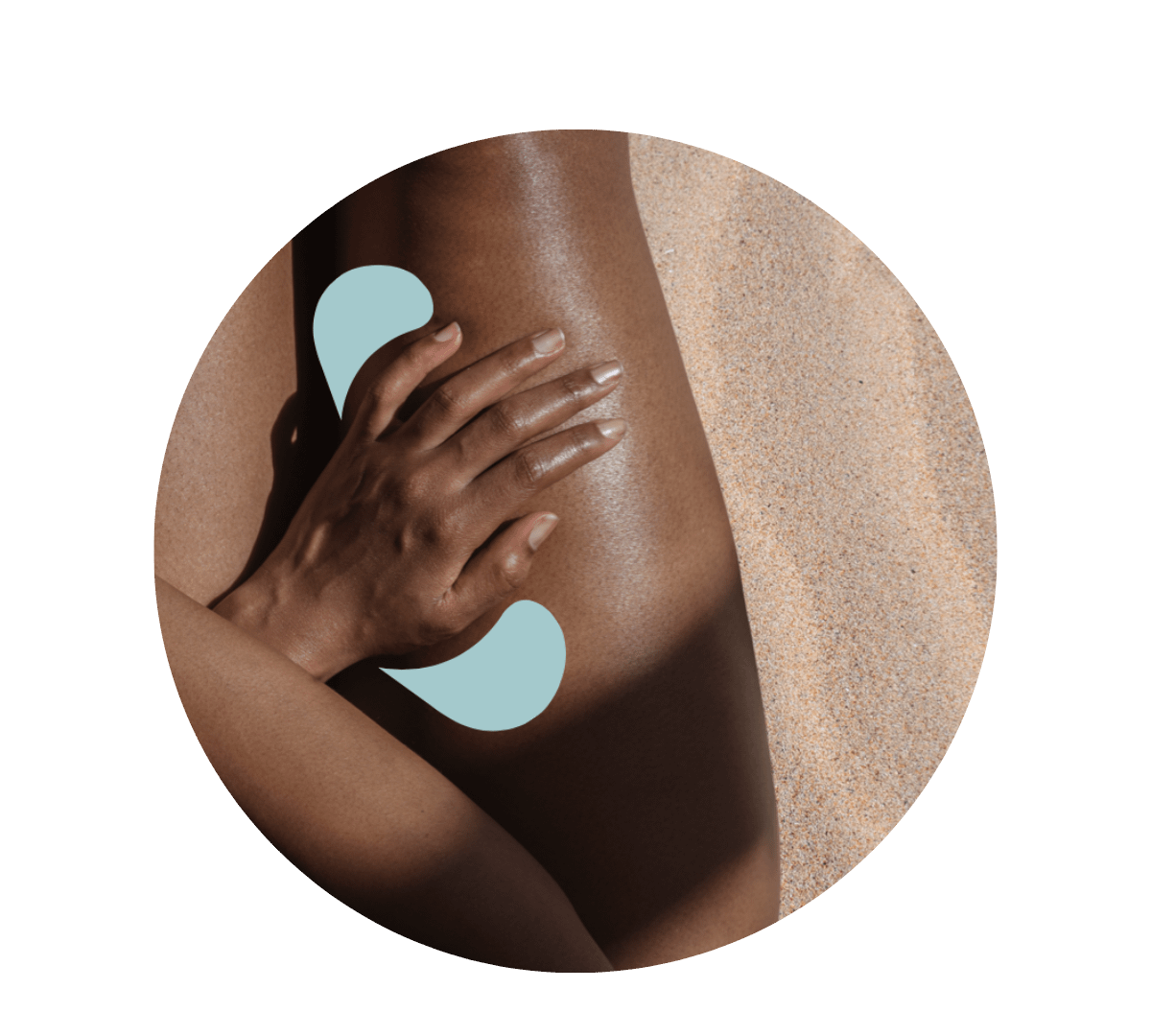
4 resources

6 resources
Back
All topics

9 resources

12 resources
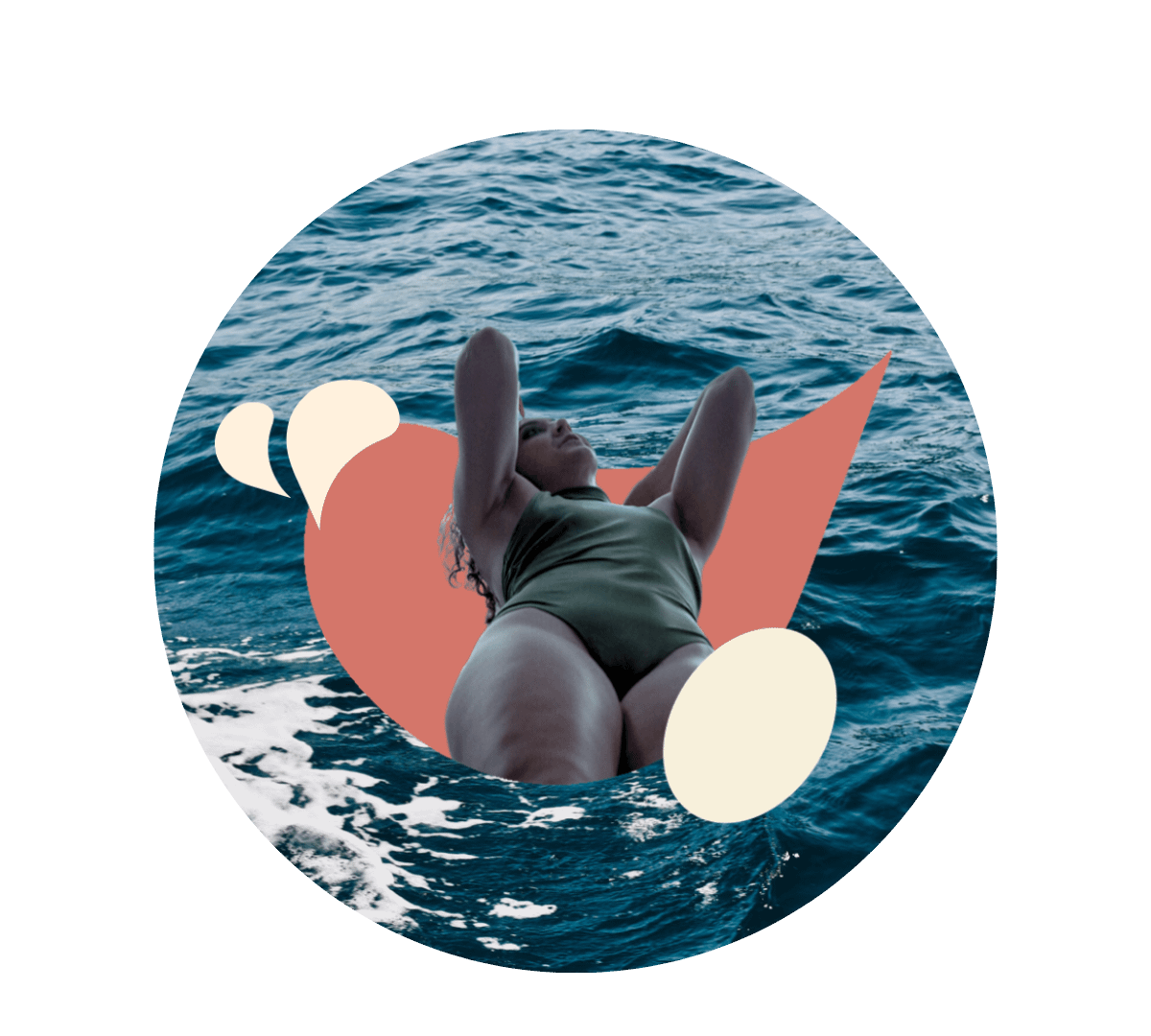
4 resources

11 resources

2 resources
Back
Back
All topics

17 resources

11 resources
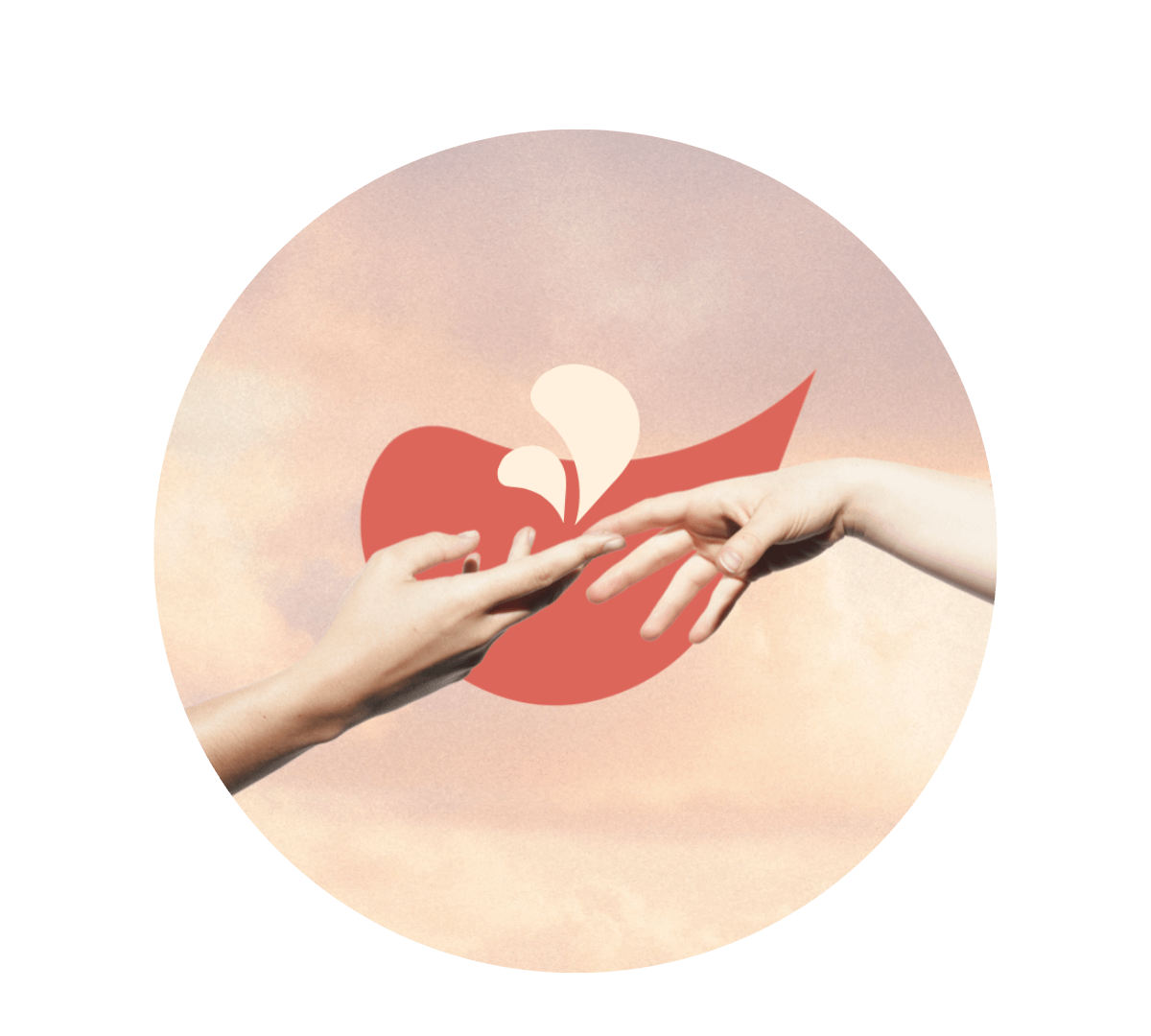
17 resources

2 resources

Mauj Products
We’ve designed our products to help you explore your body, solo or otherwise. Whether you’re a curious novice or a seasoned explorer, this is for you.
Back
All topics

4 resources

19 resources

6 resources

4 resources

6 resources
Back
All topics

9 resources

12 resources

4 resources

11 resources

2 resources
Back
Back
All topics

17 resources

11 resources

17 resources

2 resources

Mauj Products
We’ve designed our products to help you explore your body, solo or otherwise. Whether you’re a curious novice or a seasoned explorer, this is for you.
Effective sex education starts with meeting people where they are – not where we hope they will be. That means being realistic and candid about the kind of relationships and sexual activity people are actually engaged in. One example of this that needs to be addressed is the pull-out method.
We understand its appeal and why it continues to be used so widely — trust us, we've been there. That being said, we think it is important to highlight the facts about this method, especially when it comes to its very low efficacy rate, which could be greatly attributed to the presence of semen in male pre-ejaculate (or pre-cum), even if your partner manages to pull out "on time".
22 out of 100 women who use the pull-out method will get pregnant this year. That's about 1 in 5.
Pulling out is a method to prevent pregnancy that is exactly what it sounds like: pulling the penis out of the vagina before ejaculation to avoid pregnancy. It is also known as coitus interruptus or the withdrawal method.
This method is reliant on a man knowing when to pull out right before any semen comes out, having enough control, and timing it exactly right. All of that is definitely not easy.
In addition to that, men naturally release a pre-ejaculate during intercourse, which can contain semen and can pose a pregnancy risk. Finally, even if he ejaculates outside but close to your vaginal opening, semen can work its way inside, increasing the risk of an unwanted pregnancy.
The pull-out Method takes away your ability to protect yourself from an unwanted pregnancy, because you're entirely relying on your partner's ability to know when to withdraw.
Most importantly: Unlike condoms, which have a much higher rate of preventing pregnancy, the pull-out method does not at all protect you from STIs.
At Mauj, we're all about giving you the information you need, so that whatever decision you make for yourself, you are fully informed first.
Did you find the answer you were looking for? Is there something we missed? What did you think of this resource? We want to hear from you.






